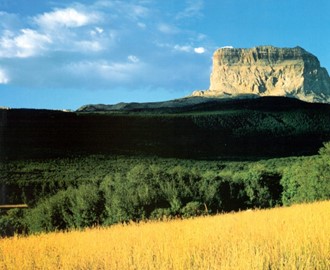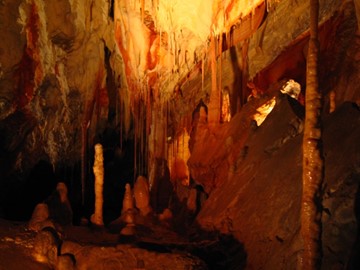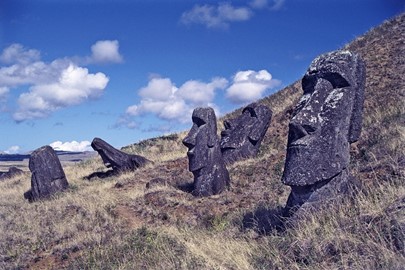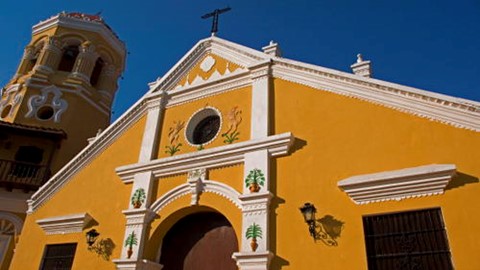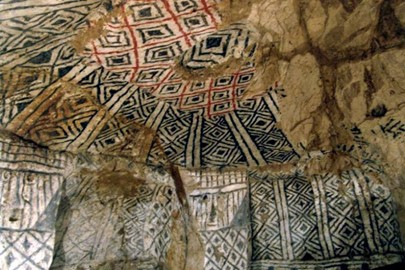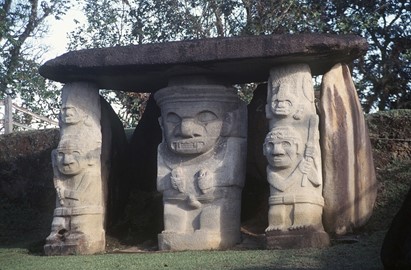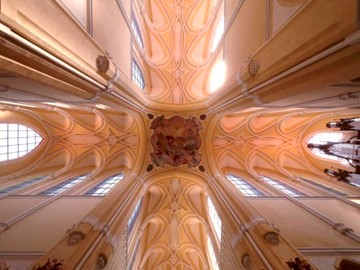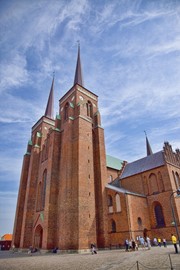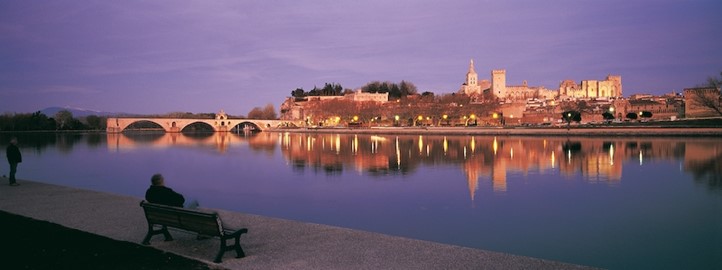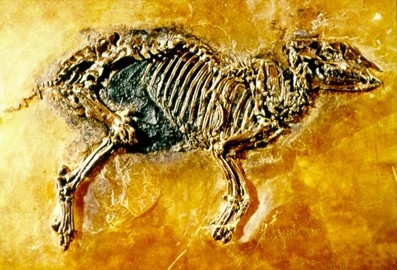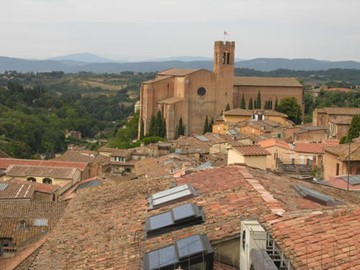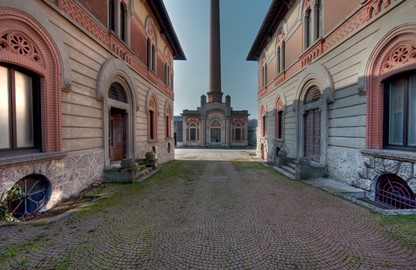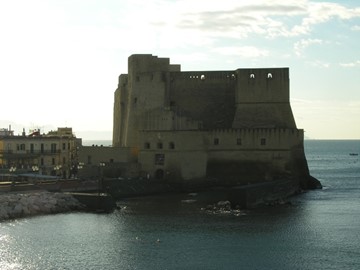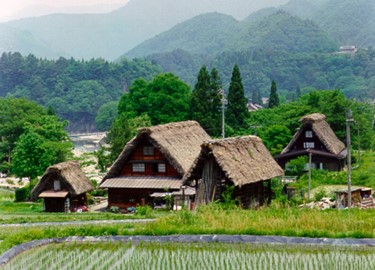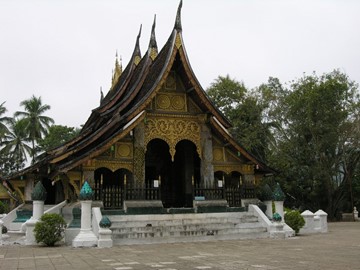search
Defence Line of Amsterdam
The Defence Line of Amsterdam, a UNESCO World Heritage site in the Netherlands, is a historic military fortification system constructed between 1880 and 1920. Designed to protect the capital from invasion, it consists of a ring of 42 forts, intricate waterways, and floodable zones that could be inundated to deter enemies. This innovative defense strategy, known as the Dutch Water Line, showcases exceptional engineering and spatial planning, reflecting the Netherlands' military heritage and adaptation to its... Read More
Oporto
The Historic Centre of Oporto, a UNESCO World Heritage site in Portugal, is renowned for its rich history and architectural diversity. This well-preserved urban landscape showcases a blend of medieval, Baroque, and neoclassical styles, reflected in its iconic monuments, churches, and charming riverside district. The area’s cultural significance is tied to its role as a key trading hub and its contributions to Portuguese heritage, making it a treasure trove of historical landmarks and scenic beauty along the... Read More
Lake Baikal
Lake Baikal, a UNESCO World Heritage site in Russia, is renowned for its exceptional depth and clarity, holding about 20% of the world's unfrozen freshwater. Formed over 25 million years ago, it hosts a unique ecosystem with thousands of endemic species, including the Baikal seal. Its stunning landscapes and geological significance make it a natural wonder and a critical site for scientific research.
Volcanoes of Kamchatka
The Volcanoes of Kamchatka, a UNESCO World Heritage site in Russia, is a remarkable geological region featuring one of the most active volcanic zones on Earth. This site showcases a diverse range of volcanic landscapes, including towering stratovolcanoes, lava fields, and thermal springs, formed by the subduction of the Pacific Plate beneath the Eurasian Plate. It is also home to unique ecosystems, supporting rare species like the Kamchatka brown bear and Steller’s sea eagle. The site’s pristine natural bea... Read More
Cuenca
The Historic Walled Town of Cuenca, a UNESCO World Heritage site in Spain, is a remarkably well-preserved medieval fortified city perched atop a steep promontory. Its cobblestone streets, Gothic cathedral, and iconic 'hanging houses' clinging to cliff edges exemplify a harmonious blend of architecture and natural landscape, showcasing centuries of history from its Moorish origins to Christian reconquest. The town's defensive walls, once protecting it from invaders, now enclose a cultural treasure recognized... Read More
La Lonja de la Seda de Valencia
La Lonja de la Seda de Valencia, a UNESCO World Heritage site in Spain, is a masterpiece of late Gothic architecture built between 1482 and 1533. This historic silk exchange showcases intricate stonework, including twisted columns and gargoyles, reflecting its original purpose as a thriving center for trade and commerce. The main hall, with its soaring vaulted ceiling, and the adjacent pavilion highlight the wealth and artistic sophistication of the era. Today, it stands as a testament to Valencia's economi... Read More
Gammelstad
Gammelstad, a UNESCO World Heritage site in Sweden, is a well-preserved example of a traditional Scandinavian church village. Established around a 15th-century stone church, it features over 400 wooden cottages historically used by rural parishioners for overnight stays during religious services and gatherings. This unique settlement reflects medieval customs and the region’s cultural heritage, earning its designation for its historical significance and architectural authenticity.
Laponian Area
This UNESCO World Heritage site in northern Sweden, within the Arctic Circle, spans 9,400 square kilometers of pristine wilderness, encompassing mountains, forests, rivers, and lakes across four national parks and two nature reserves. Recognized in 1996 for its natural beauty and cultural significance, it showcases ongoing geological processes and rich biodiversity while serving as a vital area for the indigenous Sámi people, who maintain their ancestral tradition of reindeer herding through seasonal migrat... Read More
Waterton Glacier
Waterton Glacier International Peace Park, a UNESCO World Heritage site in Canada and the United States, recognized in 1995, is a cross-border park uniting Waterton Lakes in Alberta and Glacier National Park in Montana, established in 1932 as the world’s first international peace park. Its rugged Rockies landscape features glacier-carved lakes, prairies, and peaks, hosting grizzly bears and diverse flora. This transnational site reflects a shared natural heritage, symbolizing cooperation and ecological rich... Read More
Aggtelek and Slovak Karst
Aggtelek and Slovak Karst, a UNESCO World Heritage site in Hungary and Slovakia, recognized in 1995 with an extension in 2000, is a vast karst region featuring over 1,000 caves, sinkholes, and limestone formations shaped over millions of years. Home to stunning systems like Baradla-Domica, it boasts unique stalactites and rare subterranean ecosystems. This transnational site reflects Central Europe’s geological heritage, showcasing a natural wonder of underground beauty and scientific significance across bo... Read More
Lunenburg
Old Town Lunenburg, a UNESCO World Heritage site in Canada, is a well-preserved 18th-century British colonial settlement founded in 1753. Renowned for its colorful wooden architecture and grid layout, it reflects early European planning and maritime heritage as a historic fishing port. Recognized for its cultural and historical value, it stands as a charming snapshot of Canada’s colonial past.
Rapa Nui
Rapa Nui, the indigenous name of Easter Island, a UNESCO World Heritage site in Chile, is a remote island famed for its monumental moai statues, carved by the Polynesian Rapa Nui people between the 13th and 16th centuries. These iconic stone figures, set against volcanic landscapes and coastal cliffs, reflect a sophisticated ancient culture and its spiritual traditions. Recognized for its archaeological and cultural significance, it stands as a unique testament to human ingenuity and isolation.
Santa Cruz de Mompox
Santa Cruz de Mompox, a UNESCO World Heritage site in Colombia, is a colonial town frozen in time, known for its well-preserved Spanish architecture and riverside charm. Founded in the 16th century, its cobblestone streets, ornate churches, and historic homes reflect its past as a thriving trade center. This serene settlement offers a glimpse into Colombia’s rich colonial heritage.
Tierradentro
Tierradentro, a UNESCO World Heritage site in Colombia, is an ancient archaeological site featuring underground tombs carved into volcanic rock by a pre-Columbian civilization. Dating back over 1,000 years, these hypogea are adorned with intricate geometric patterns and vivid paintings. Set amidst rugged hills, this site offers a window into a mysterious and sophisticated indigenous culture.
San Agustín
San Agustín Archaeological Park, a UNESCO World Heritage site in Colombia, is renowned for its extensive collection of pre-Columbian monuments and megalithic statues, dating back to the 1st to 8th centuries AD. The park features over 500 stone sculptures, some towering up to 7 meters, carved by an ancient, little-known culture, depicting human figures, animals, and mythological beings. It serves as a vital window into the religious and social practices of this mysterious civilization, making it one of the m... Read More
Kutna Hora
Kutná Hora, a UNESCO World Heritage site in Czechia, is a historic town renowned for its well-preserved medieval architecture and rich cultural legacy. Once a thriving silver mining center in the Middle Ages, it boasts landmarks like the Gothic St. Barbara’s Church, adorned with intricate frescoes, and the Sedlec Ossuary, a unique chapel decorated with human bones. Its historical significance and architectural treasures make it a fascinating destination, offering a glimpse into Europe’s past.
Roskilde Cathedral
Roskilde Cathedral, a UNESCO World Heritage site in Denmark, is a stunning example of Gothic architecture, renowned for its historical and cultural significance. Constructed primarily in the 12th and 13th centuries, it served as the burial place for Danish monarchs, housing an impressive collection of royal tombs. The cathedral’s distinctive red-brick design, twin spires, and intricate interior, including the ornate Christian IV Chapel, reflect centuries of architectural evolution and artistry. Today, it st... Read More
Avignon
Avignon, a UNESCO World Heritage site in France, is renowned for its well-preserved medieval architecture and rich historical significance. The city’s standout feature is the Palais des Papes, a grand 14th-century Gothic palace that served as the papal residence during the Avignon Papacy. Its historic center, encircled by intact ramparts, also includes the famous Pont d’Avignon, a partially surviving medieval bridge immortalized in song. Avignon’s cultural legacy and architectural treasures make it a captiv... Read More
Messel Pit
The Messel Pit, a UNESCO World Heritage site in Germany, is a former shale quarry renowned for its exceptionally well-preserved fossils from the Eocene epoch, about 48 million years ago. Discovered in the 19th century, it offers a unique window into prehistoric life, showcasing detailed remains of mammals, birds, reptiles, and plants, including some of the earliest ancestors of modern species. Its scientific significance lies in the extraordinary preservation of soft tissues and even stomach contents, provi... Read More
Siena
Siena, a UNESCO World Heritage site in Italy, is a stunning medieval city renowned for its well-preserved Gothic architecture and historic urban layout. Its iconic Piazza del Campo, a shell-shaped public square, serves as the heart of the city, hosting the famous Palio horse race. The Siena Cathedral, with its intricate black-and-white marble facade, exemplifies the city’s artistic heritage. This Tuscan gem reflects a rich history of civic pride and cultural achievement.
Crespi d'Adda
Crespi d’Adda, a UNESCO World Heritage site in Italy, is a well-preserved example of a 19th-century company town built for textile factory workers. Founded by the Crespi family, it features a planned layout with worker housing, a school, a church, and recreational facilities, all designed to reflect industrial-era social ideals. This intact historical village highlights the intersection of industrial innovation and paternalistic urban planning.
Ferrara
Ferrara, City of the Renaissance, a UNESCO World Heritage site in Italy, exemplifies Renaissance urban planning with its harmonious layout and architectural grandeur. The historic center features the imposing Este Castle, elegant palaces, and broad streets designed under the influence of the powerful Este family. Its well-preserved walls and cultural landmarks highlight a pivotal era of artistic and intellectual achievement.
Naples
The Historic Centre of Naples, a UNESCO World Heritage site in Italy, is a vibrant testament to the city’s rich history, spanning over 2,500 years. This urban landscape features an exceptional blend of architectural styles, from ancient Greek and Roman ruins to medieval castles, Renaissance palaces, and Baroque churches. Renowned for its cultural diversity and artistic heritage, it includes landmarks like the Royal Palace and the Cathedral of San Gennaro, reflecting Naples' enduring role as a Mediterranean ... Read More
Shirakawa go and Gokayama
Shirakawa-go and Gokayama, a UNESCO World Heritage site in Japan, are renowned for their historic gassho-zukuri farmhouses, characterized by steeply pitched thatched roofs designed to withstand heavy snowfall. These well-preserved villages exemplify traditional rural life and sustainable architecture, blending harmoniously with the surrounding mountainous landscape. Recognized for their cultural value, they offer a glimpse into Japan’s historical ingenuity and community resilience.
Luang Prabang
Luang Prabang, a UNESCO World Heritage site in Laos, is a beautifully preserved town blending traditional Lao architecture with French colonial influences. Nestled along the Mekong River, it features gilded temples, saffron-robed monks, and a vibrant morning alms-giving tradition that highlight its rich cultural heritage. The town's historic core, including the ornate Wat Xieng Thong temple, reflects a unique fusion of local and European styles. Its tranquil charm and historical significance make it a stand... Read More








